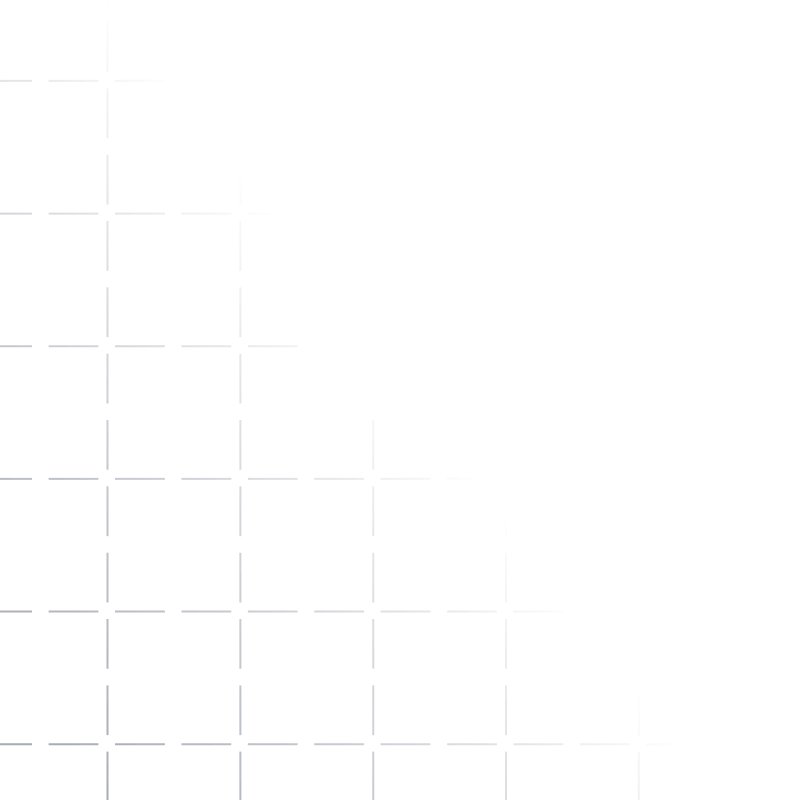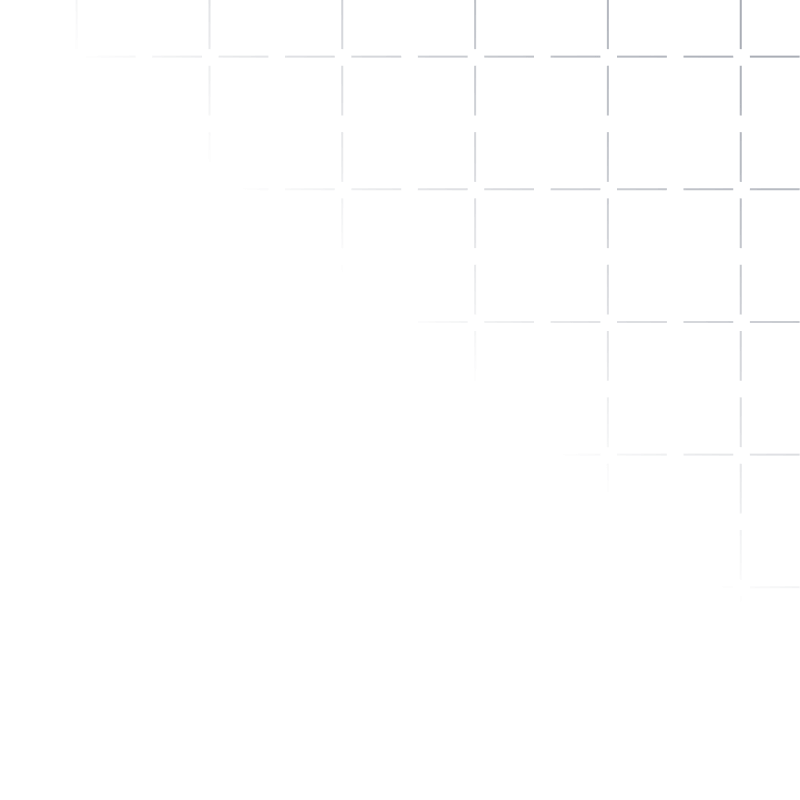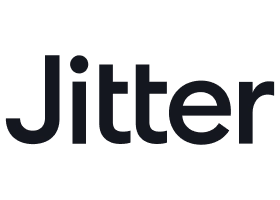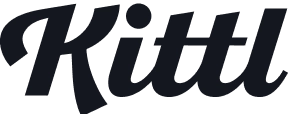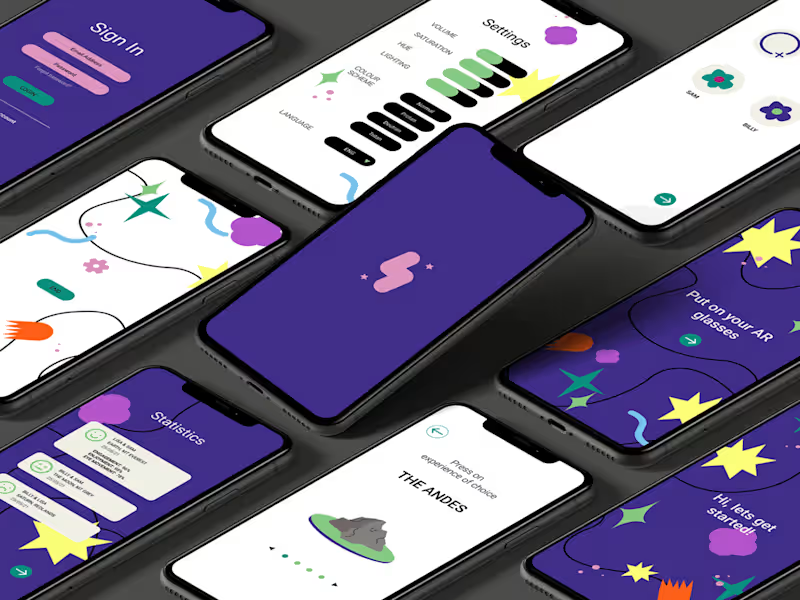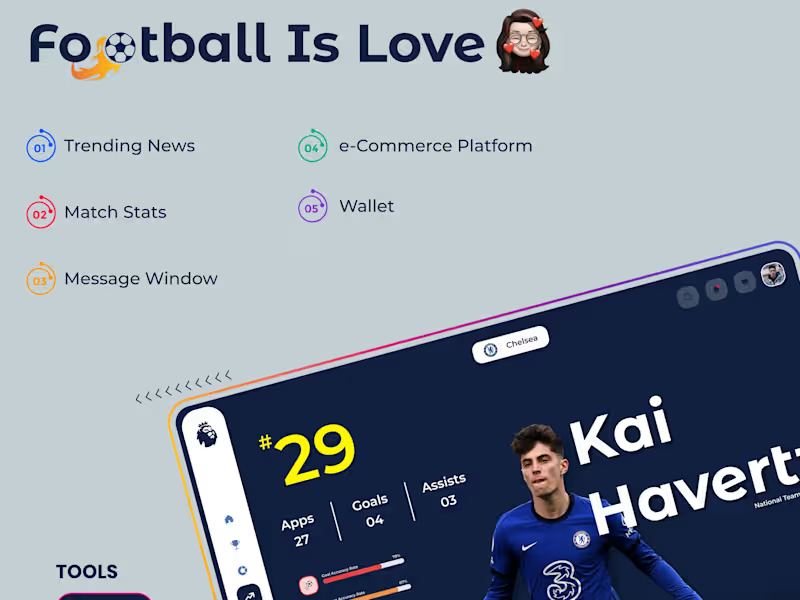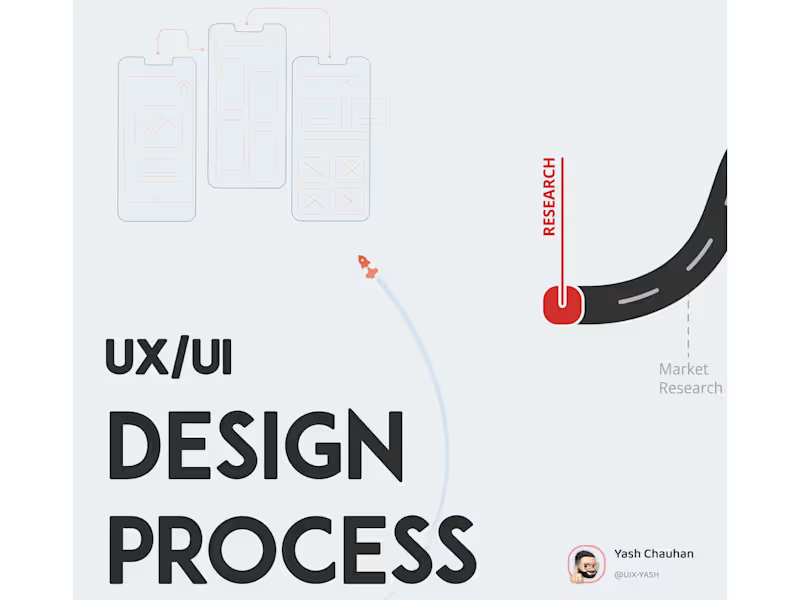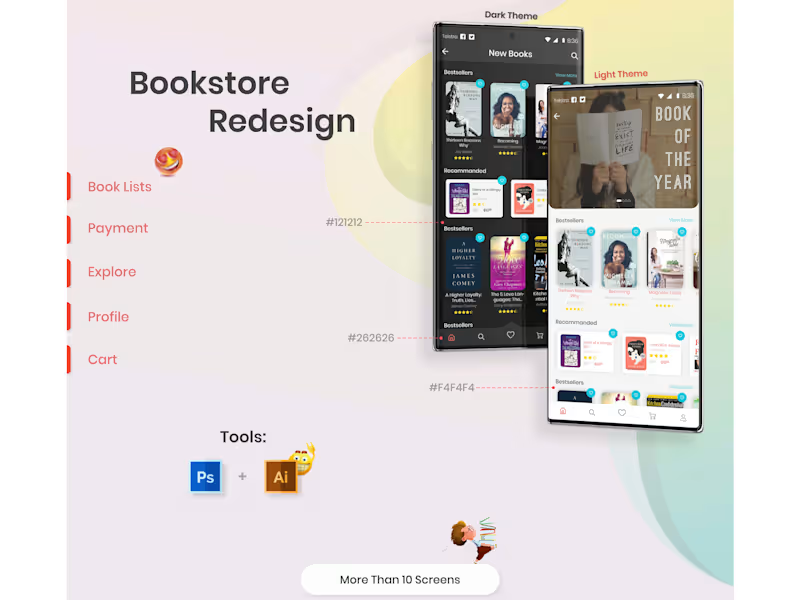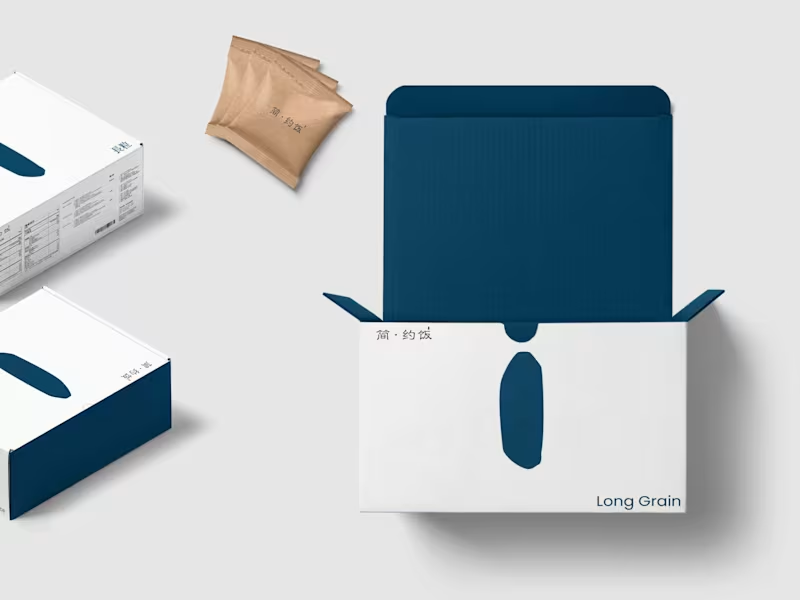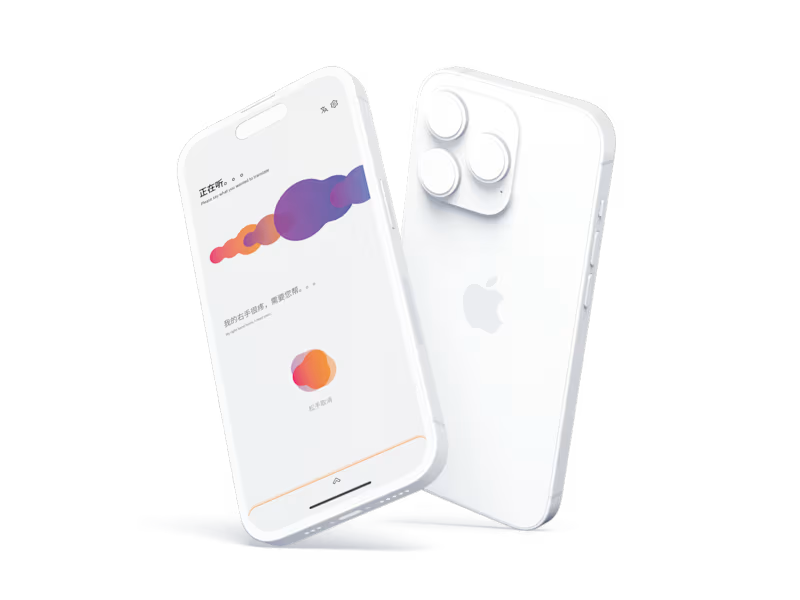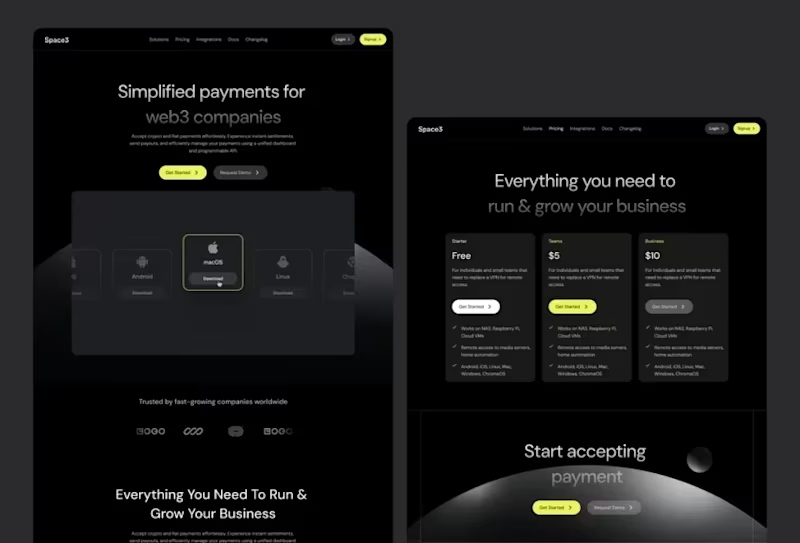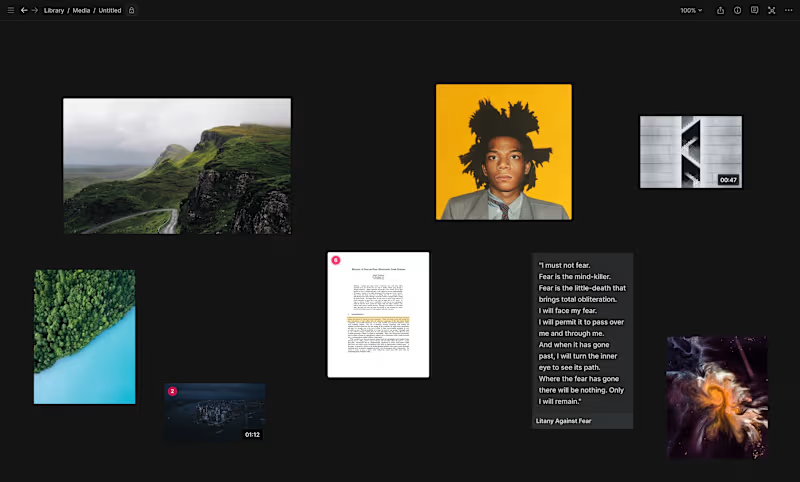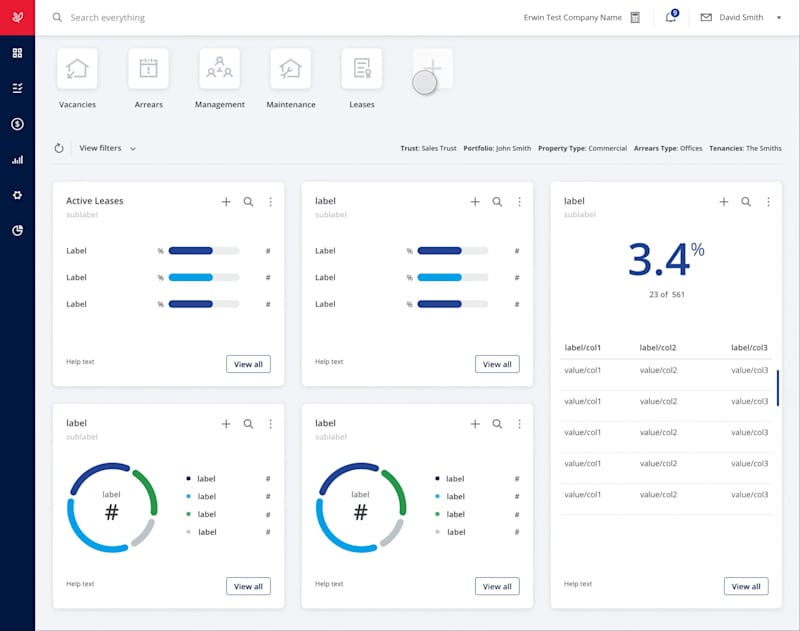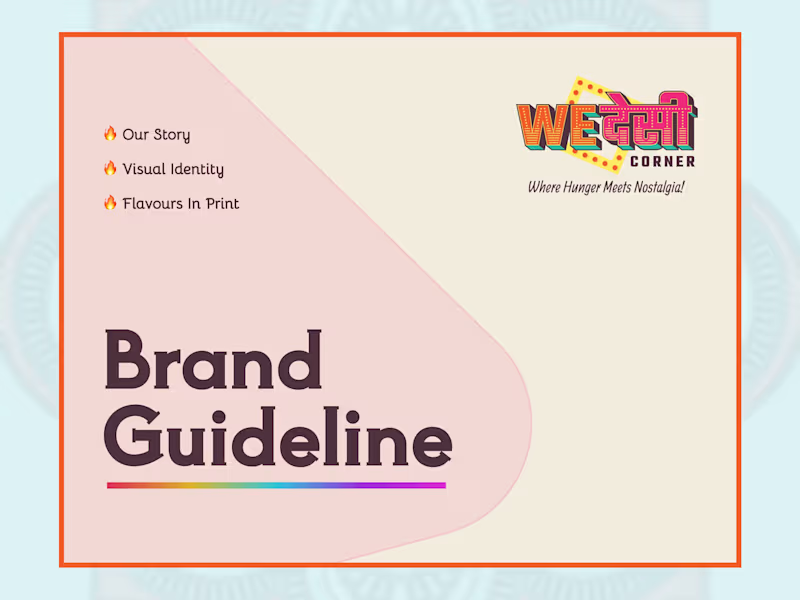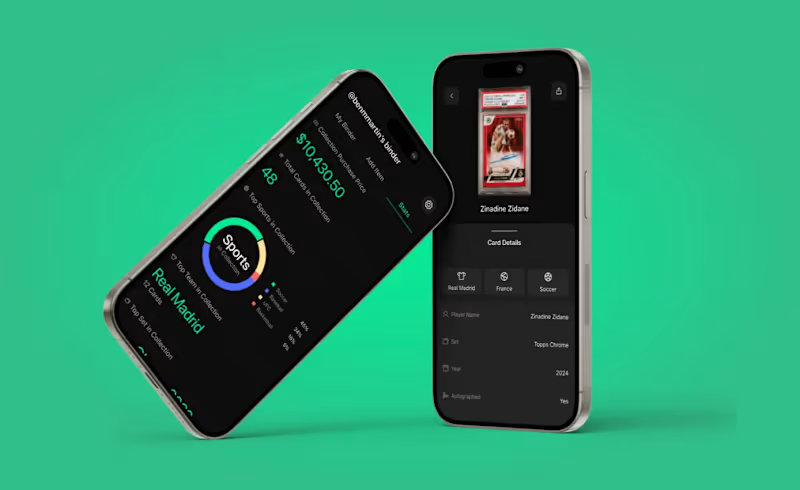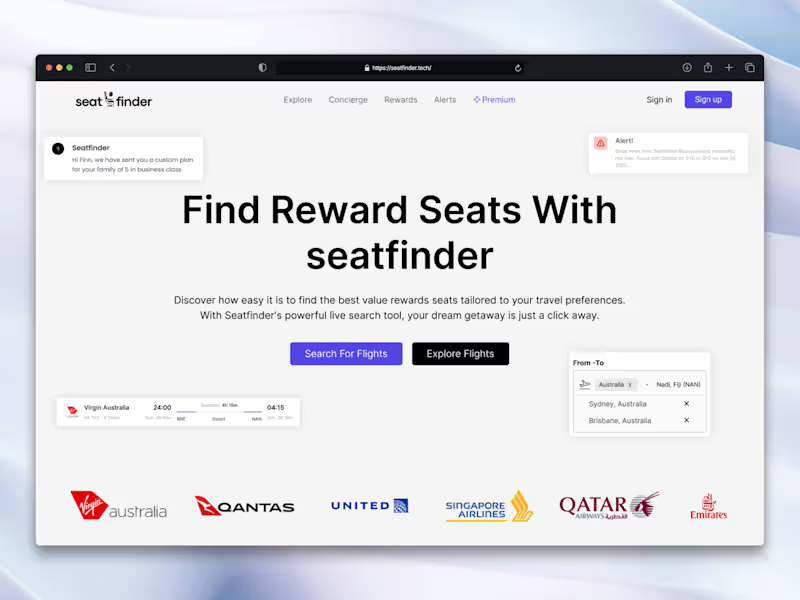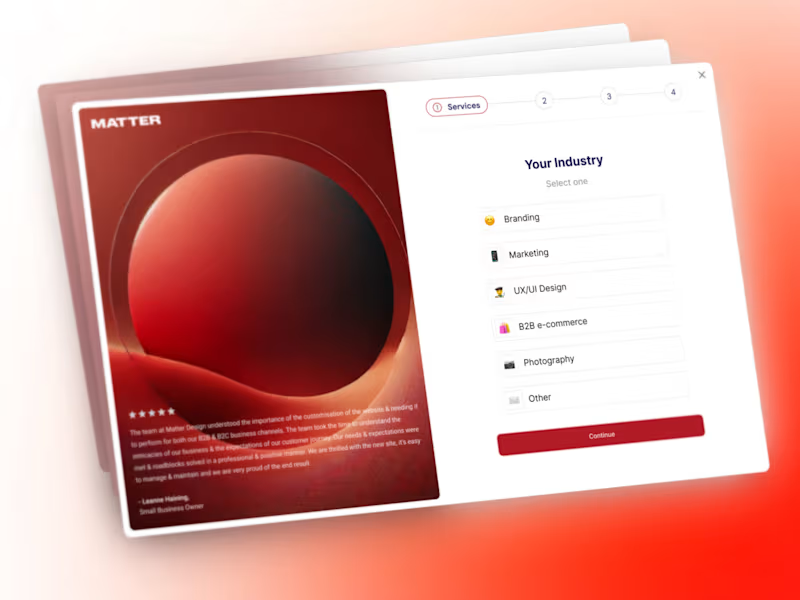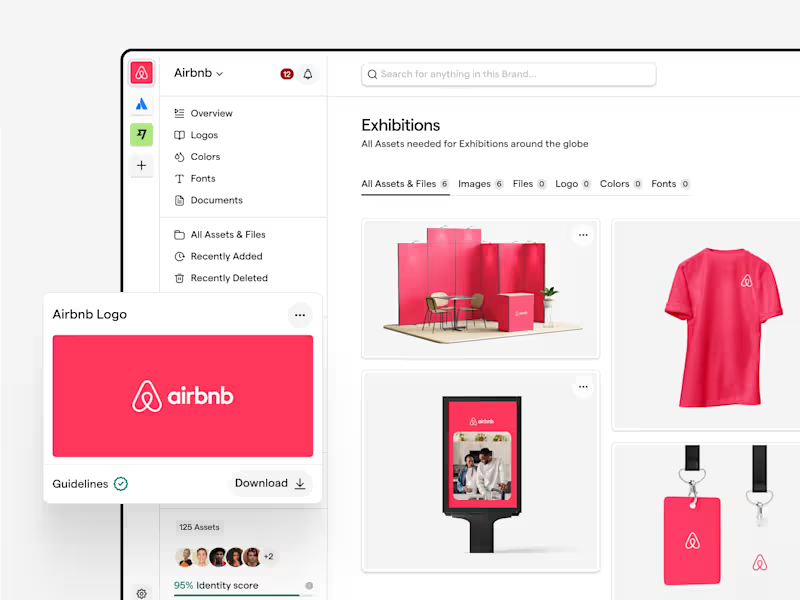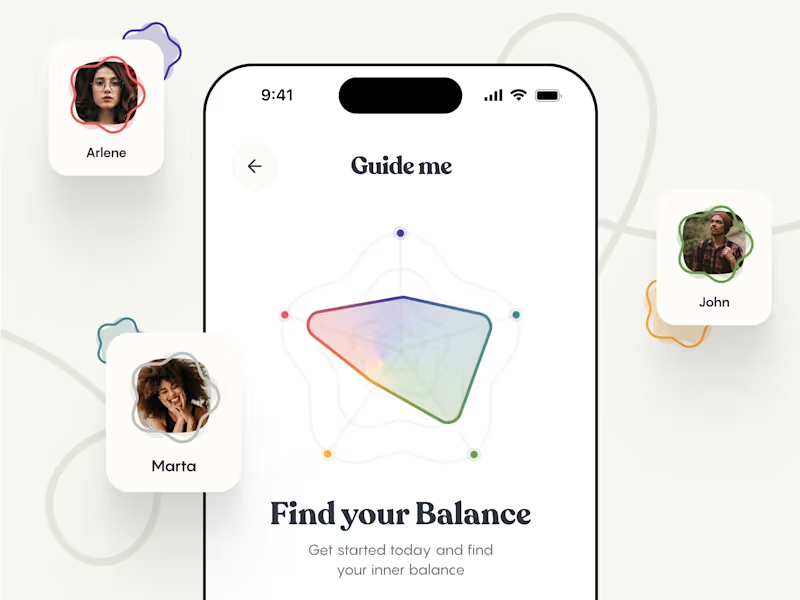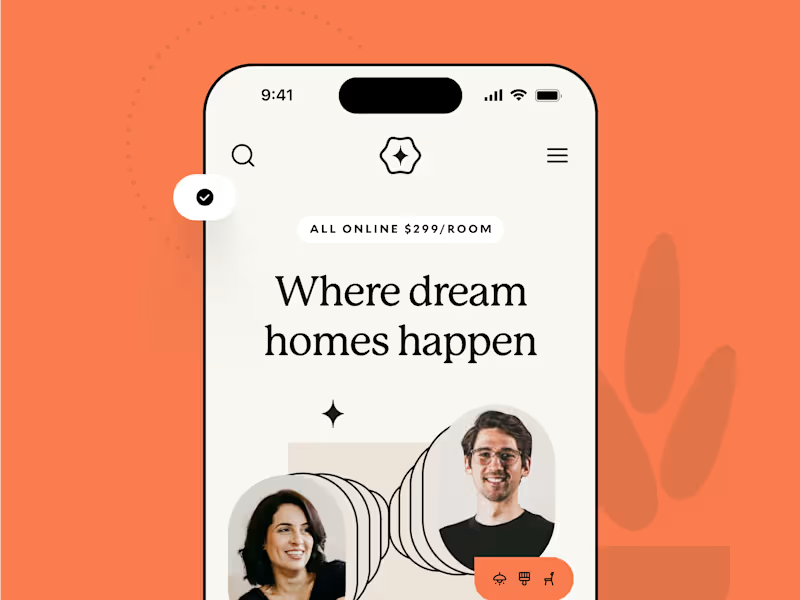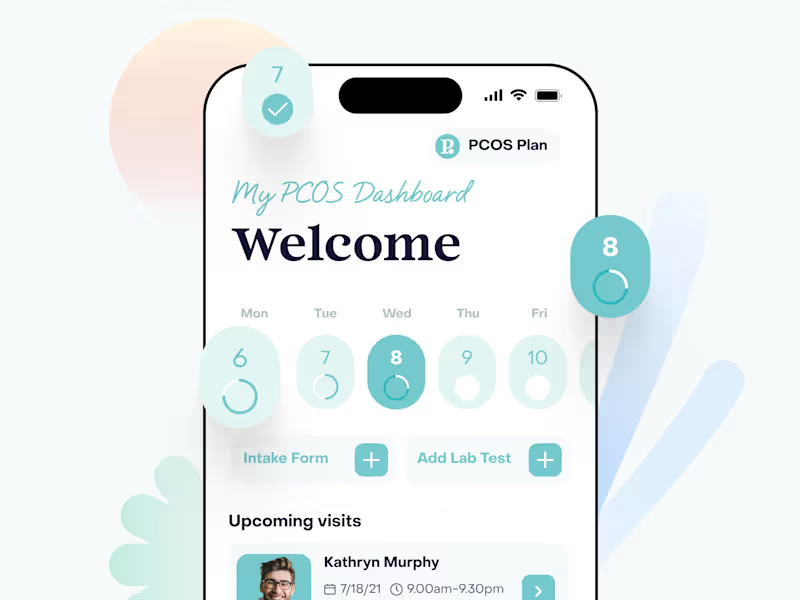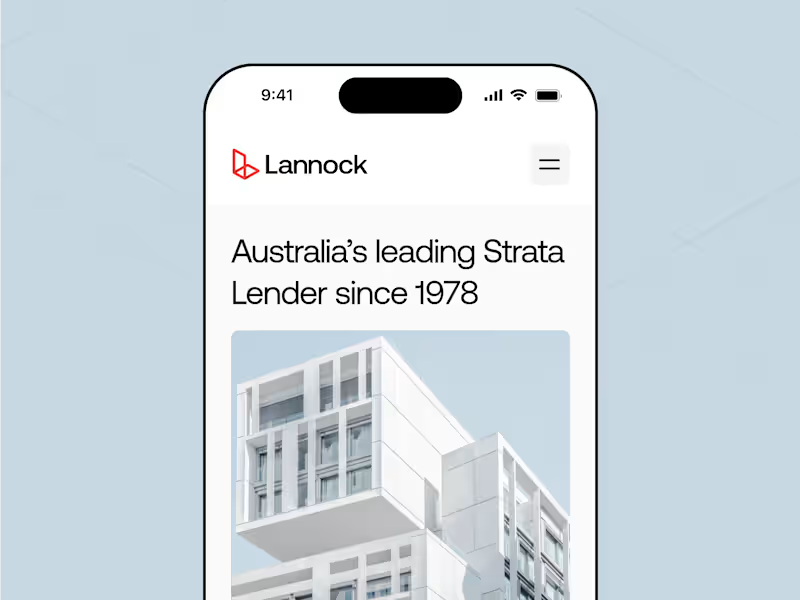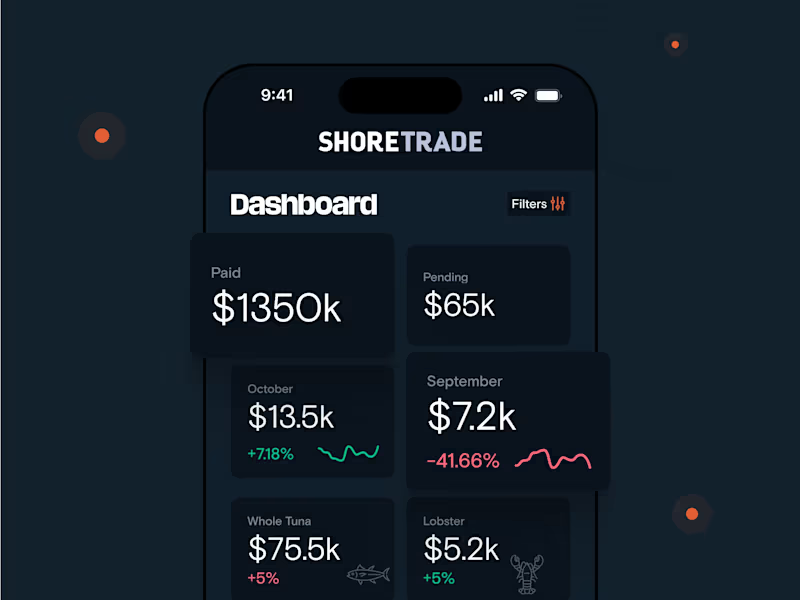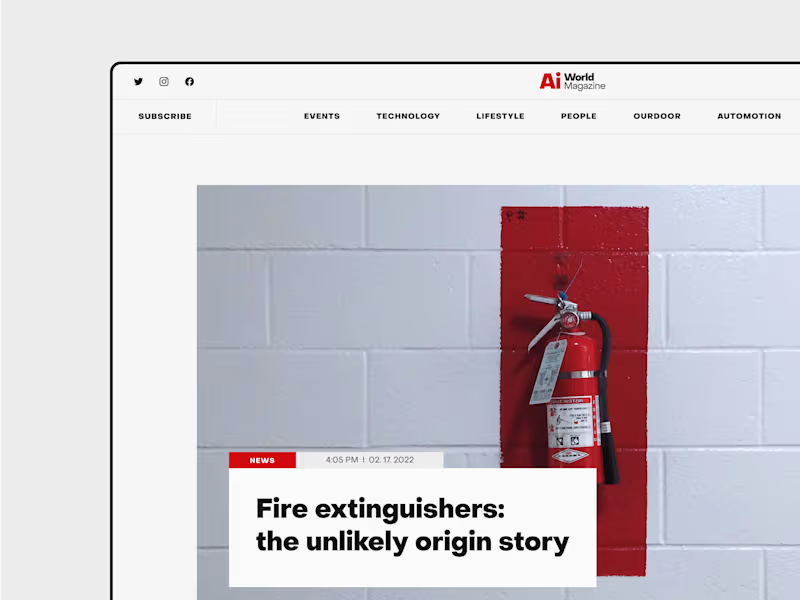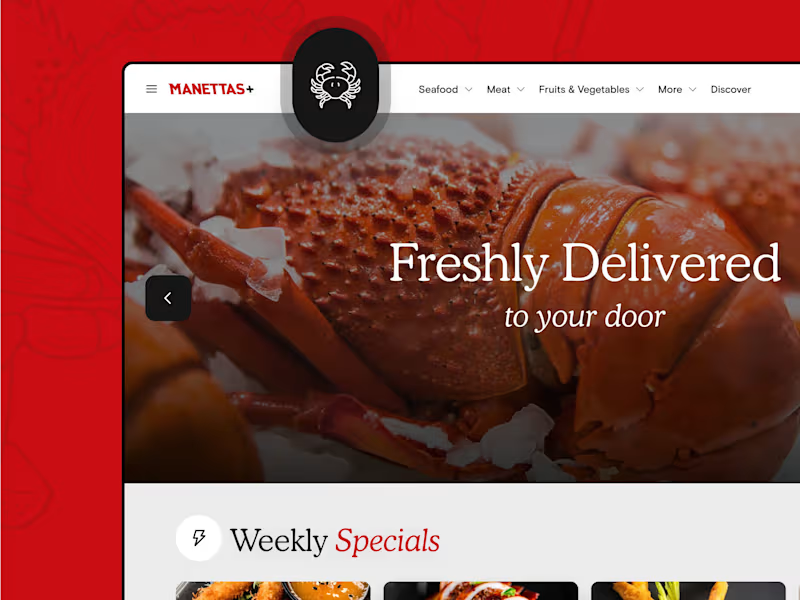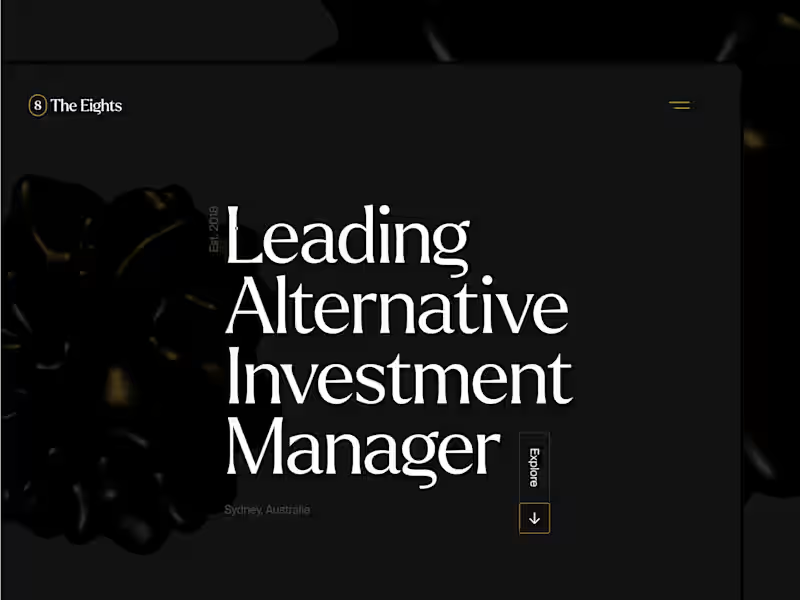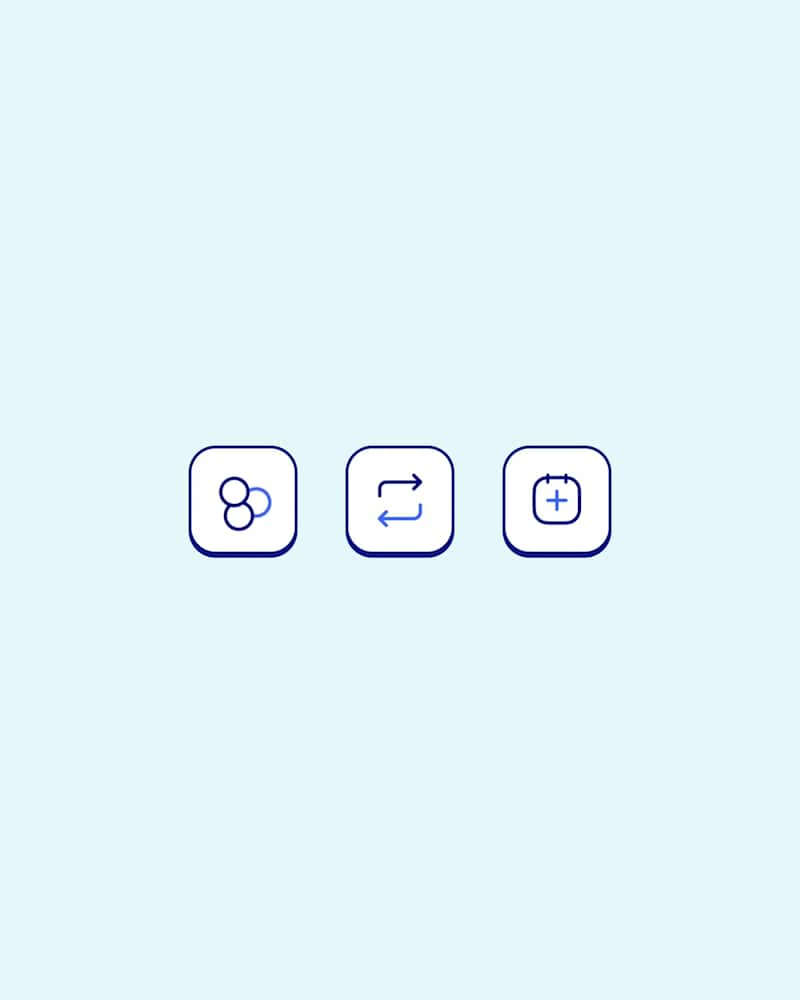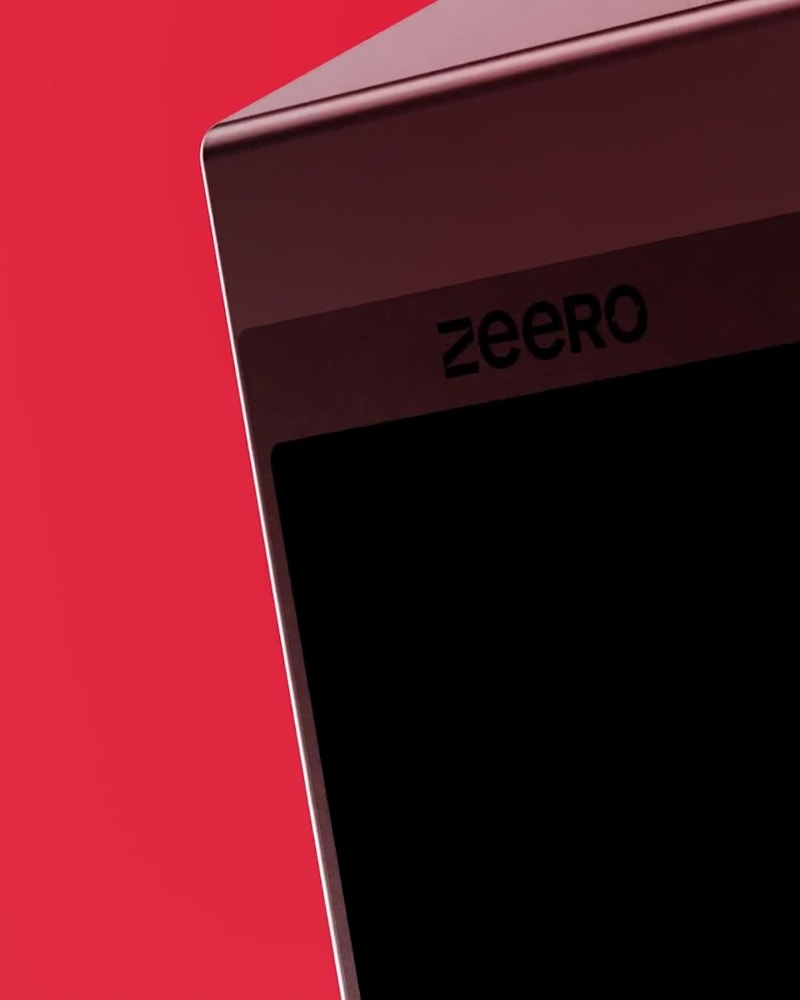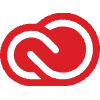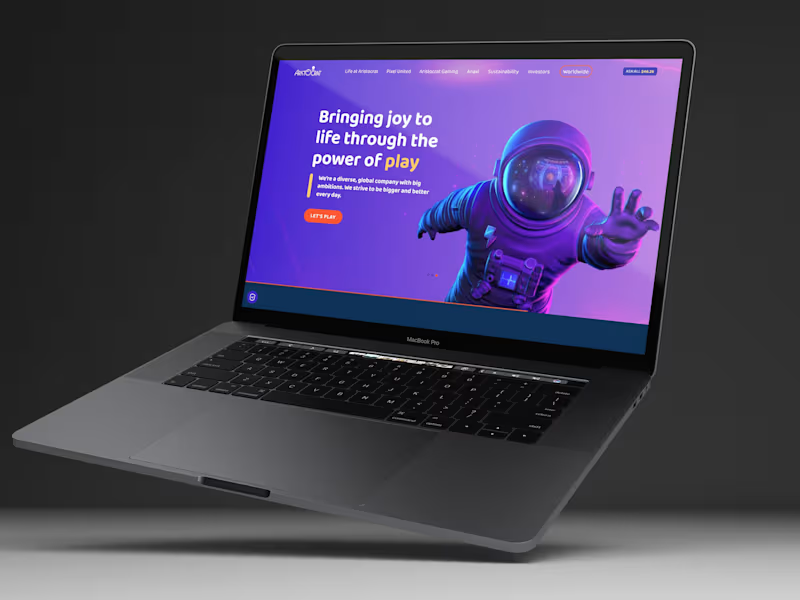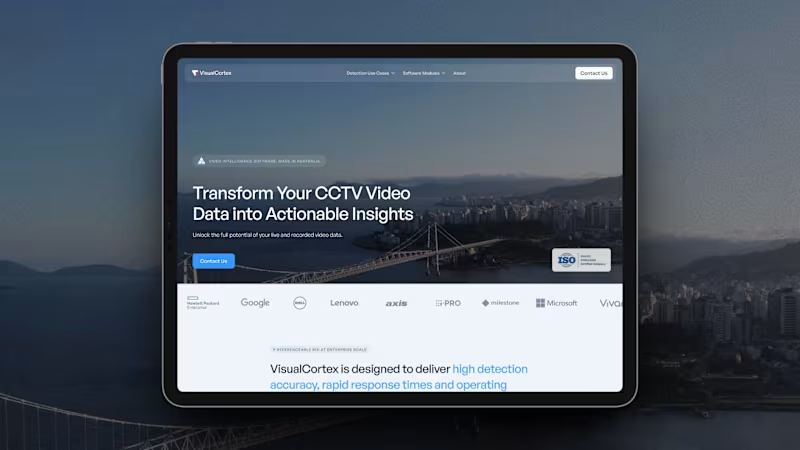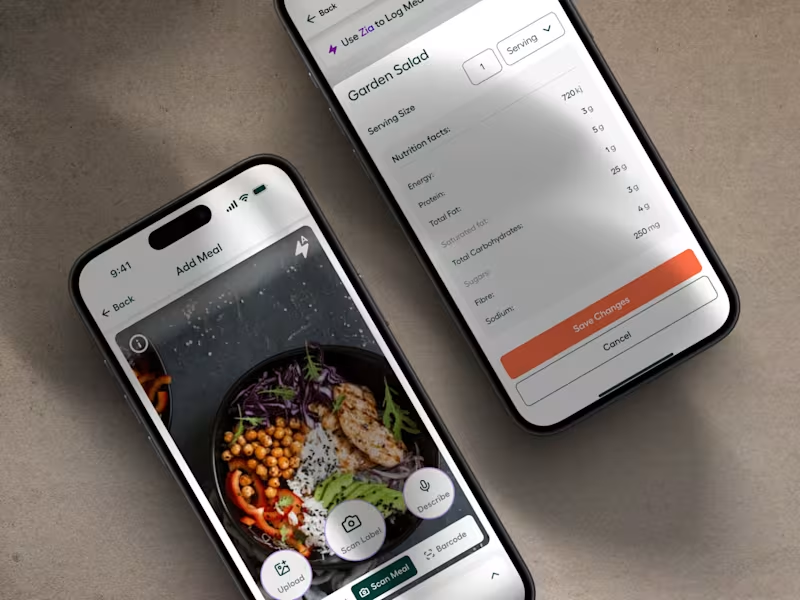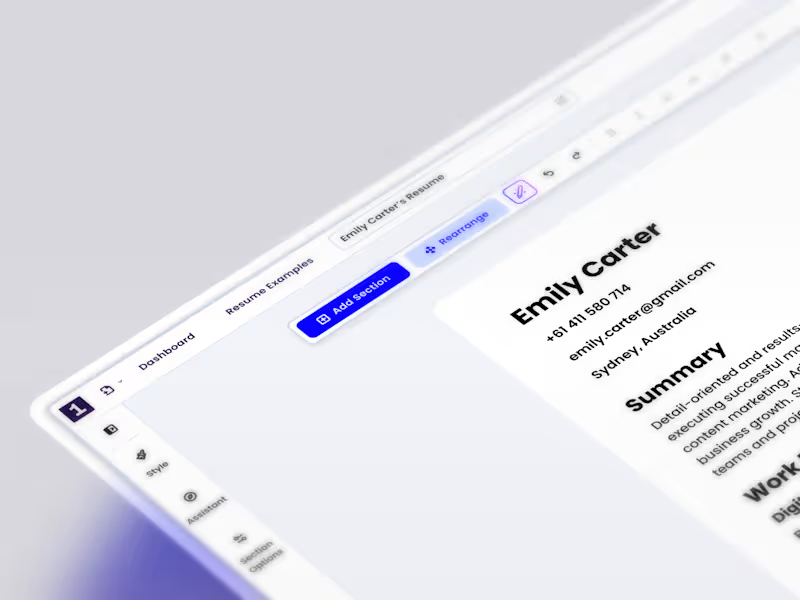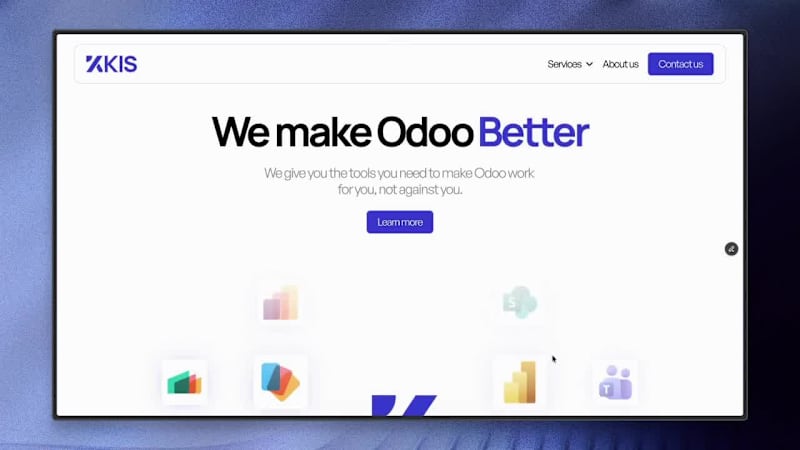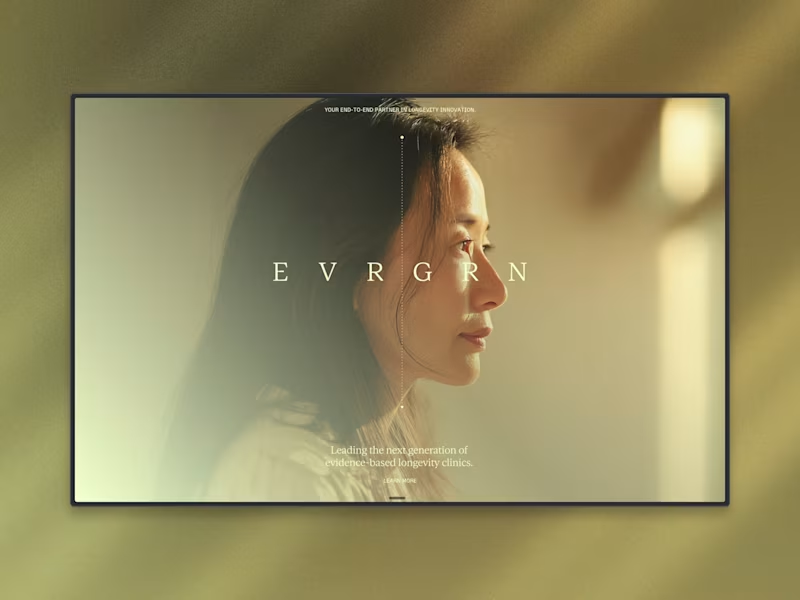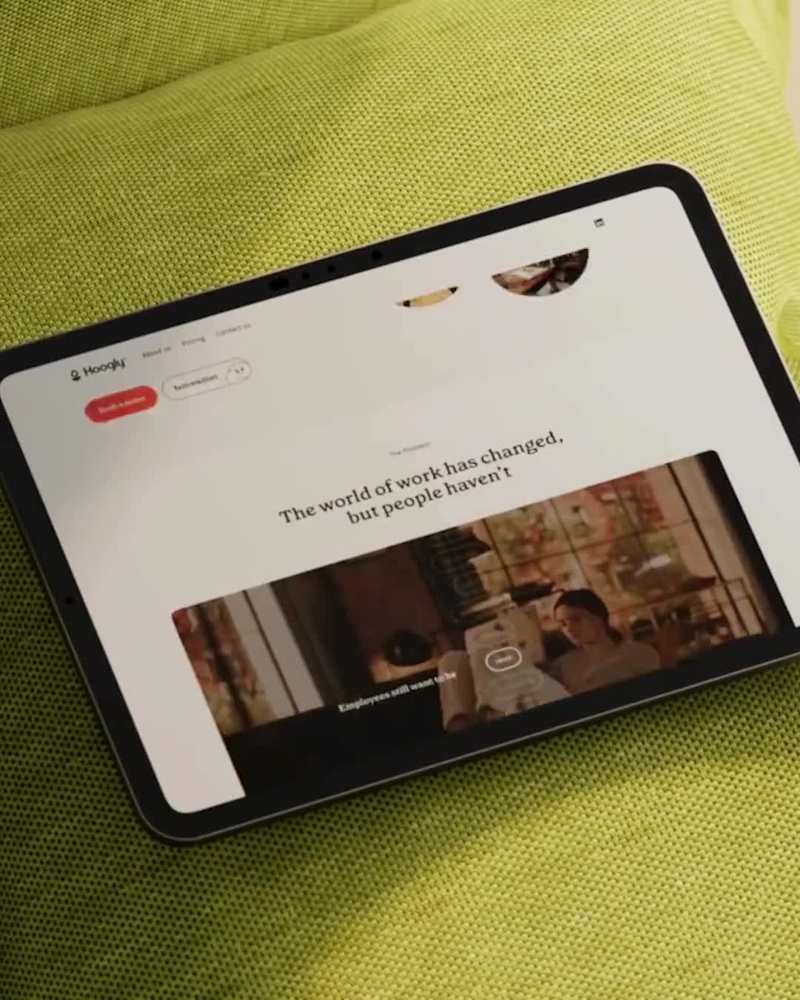How can I ensure the product designer understands my project's vision?
A good product designer should align their ideas with your project's vision. Share your project's goals and expectations clearly. Use examples to communicate your vision, like sketches or mood boards. Make sure the designer asks questions to fully grasp your needs. Encourage them to describe back the vision in their own words.
What should be included in the initial design brief for a product designer?
A design brief should cover all essential project details. Include your project goals, target audience, and any deadlines you have. Describe your product in simple terms, and provide any relevant materials or resources. Outline your design preferences, such as colors or styles you like. Clearly state what deliverables you expect and by when.
How can I set realistic deadlines with my freelance product designer?
Discuss your timeline with the designer and get their input on what's achievable. Break the project into smaller tasks and set deadlines for each step. Make sure the designer knows about any fixed dates, like a launch. Agree on time for feedback and revisions. Keep communication open in case something needs to change.
What should I discuss during the onboarding process with a freelance designer?
Explain your company's culture and values. Share any necessary background information about your project or industry. Discuss your expectations about work hours, communication frequency, and preferred tools. Introduce the designer to other team members they might collaborate with. Ensure they have access to all necessary resources and materials.
How can a contract protect both me and the freelance product designer?
A contract sets clear expectations for both parties. It should detail the scope of work, deadlines, and deliverables. Include clauses for confidentiality and intellectual property. Ensure both parties know what happens if the project doesn't go as planned. A well-drafted contract can prevent misunderstandings later.
How should I evaluate a product designer's previous work to ensure quality?
Look at their portfolio to see if their style matches your needs. Check if their previous work shows creativity and solves real problems. Ask for case studies or examples that include a problem and solution. Pay attention to client testimonials or feedback. Ensure their past work demonstrates strong user-centric design.
What kind of feedback process is helpful when working with a freelance designer?
Setup regular check-ins to discuss progress. Offer actionable, specific feedback instead of vague comments. Use examples to show what you like or want to change. Encourage the designer to ask questions if something is unclear. Establish a process for how revisions should be handled.
How can I clarify the design deliverables with the freelance product designer?
Discuss and list all expected deliverables upfront. Make sure both parties agree on what constitutes a completed design. Clarify formats, sizes, or any technical specifications. Establish deadlines for when each deliverable is due. Double-check that both you and the designer understand these commitments.
Why is it important to discuss the designer's process before starting a project?
Understanding their process helps set realistic expectations. Ask how they handle research, ideation, and revisions. Learn about their tools and methods to ensure compatibility with your team's workflow. Discuss how they gather and incorporate feedback. Ensuring upfront transparency leads to a smoother collaboration.
How can I ensure effective communication with a freelance designer in New South Wales?
Establish preferred tools for communication early on, like email or project management software. Set a regular meeting schedule that considers time zone differences, as NSW may differ. Discuss availability and response time expectations. Encourage the designer to reach out with questions. Good communication helps keep the project on track.
Who is Contra for?
Contra is designed for both freelancers (referred to as "independents") and clients. Freelancers can showcase their work, connect with clients, and manage projects commission-free. Clients can discover and hire top freelance talent for their projects.
What is the vision of Contra?
Contra aims to revolutionize the world of work by providing an all-in-one platform that empowers freelancers and clients to connect and collaborate seamlessly, eliminating traditional barriers and commission fees.
